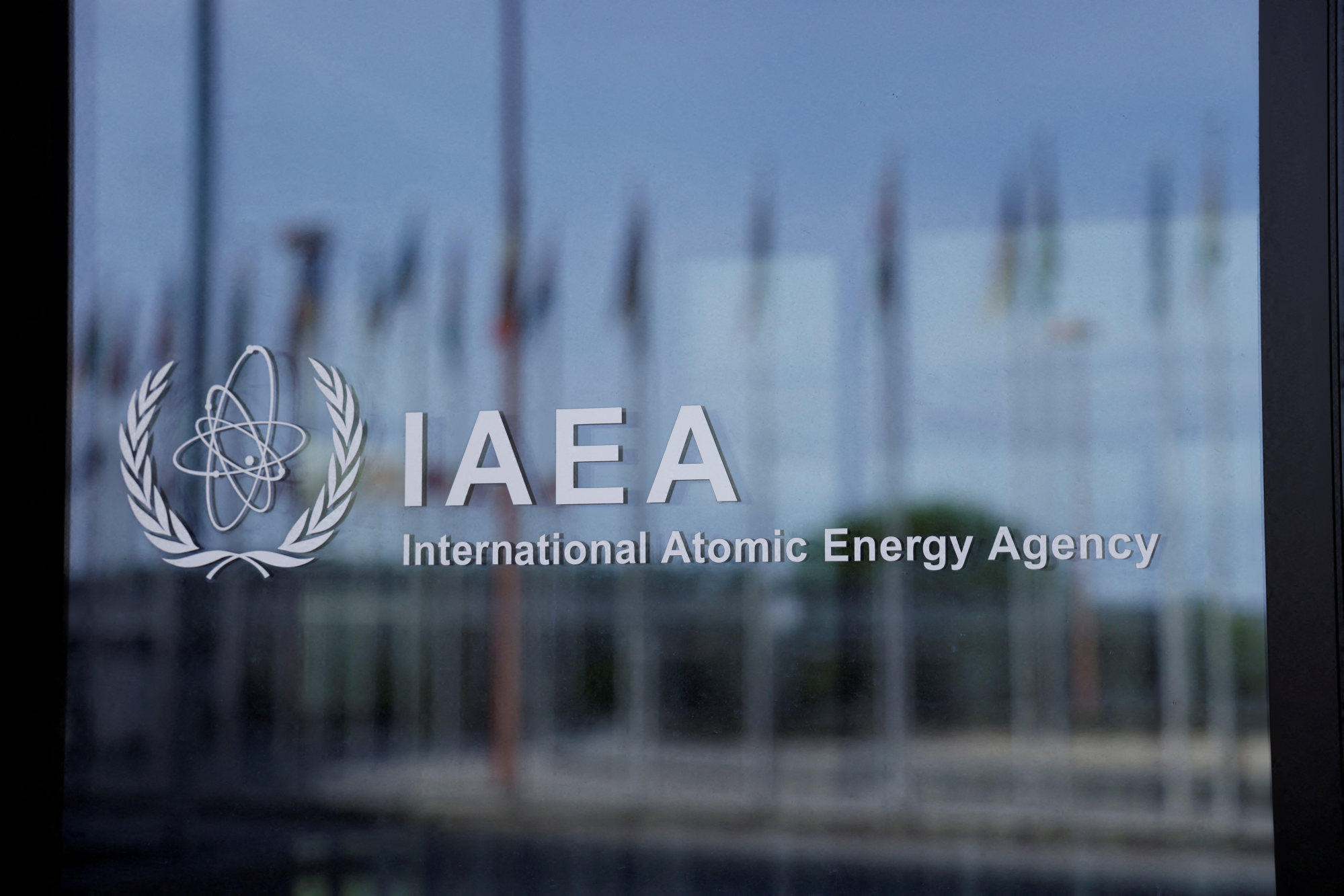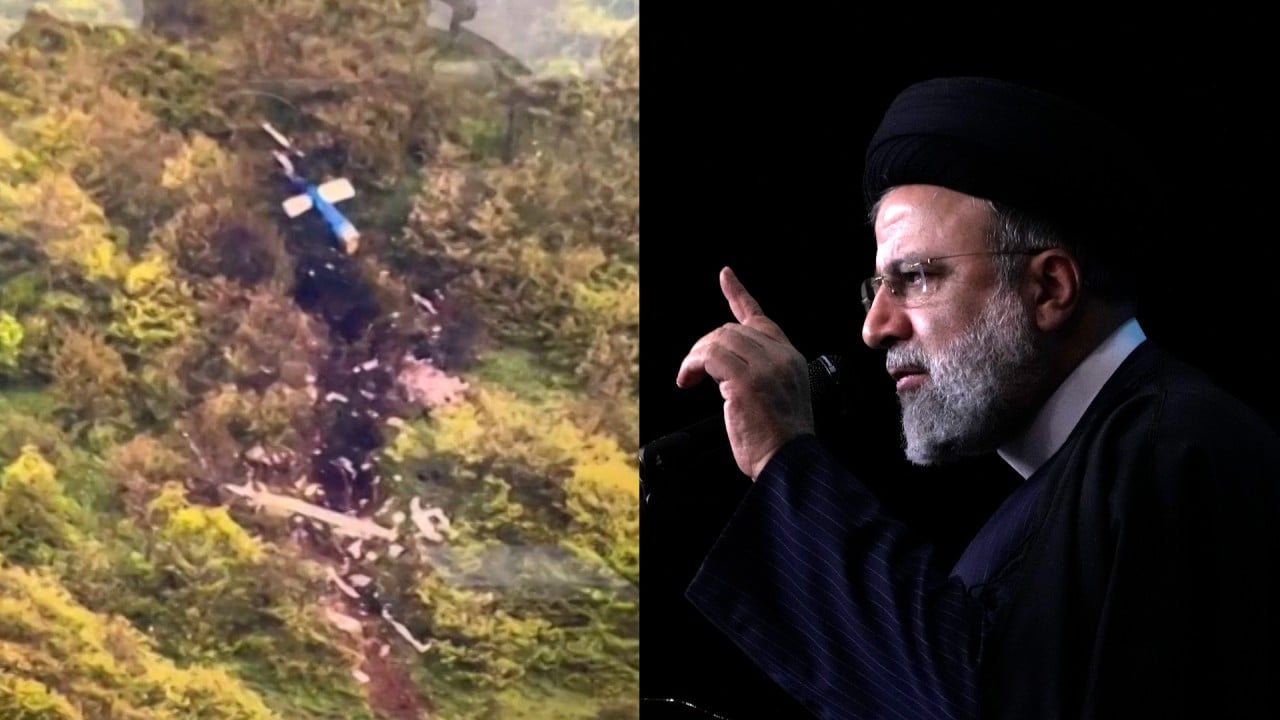Iran has further increased its stockpile of uranium enriched to near weapons-grade levels, a confidential report by the United Nations’ nuclear watchdog said on Monday.
According to the report, Iran’s overall stockpile of enriched uranium stands at 6201.3kg (13671.5 pounds), which represents an increase of 675.8kg (1489.8 pounds) since the last report by the International Atomic Energy Agency (IAEA).
“Further public statements made in Iran during this reporting period regarding its technical capabilities to produce nuclear weapons and possible changes to Iran’s nuclear doctrine only increase concerns about the correctness and completeness of Iran’s safeguards declarations,” IAEA Director General Rafael Grossi said in the report.

In its current report, the IAEA also said Tehran has not reconsidered the agency’s September 2023 decision of barring the most experienced nuclear inspectors from monitoring its nuclear programme but added that it expected Iran “to do so in the context of the ongoing consultations between the Agency and Iran”.
In the report, the IAEA said Iran suggested in a letter dated May 21 that discussions related to the cooperation between the IAEA and Iran “be continued in Tehran ‘on an appropriate date that will be mutually agreed upon’”.
Iran has maintained its nuclear programme is peaceful, but Grossi has already warned that Tehran has enough uranium enriched to near-weapons-grade levels to make “several” nuclear bombs if it chose to do so. He has acknowledged the agency cannot guarantee that none of Iran’s centrifuges may have been peeled away for clandestine enrichment.
Iran and the UN nuclear watchdog are still negotiating over how to implement a deal struck last year to expand inspections of the Islamic Republic’s rapidly advancing atomic programme.
The IAEA’s acknowledgement shows the challenges its inspectors face, years after the collapse of Tehran’s nuclear deal with world powers and the wider tensions gripping the Middle East over the continuing Israel-Gaza war.
Recent tit-for-tat missile strikes between Israel and Iran have added urgency to the IAEA’s years-long search to uncover the scope of Tehran’s nuclear ambitions. While the IAEA carries out daily inspections of declared atomic facilities, suspicions linger over whether Iranian engineers could be concealing work used for military purposes. Tehran has blocked the agency’s investigation into uranium detected at undeclared locations.
While Iran insists it is not looking to produce nuclear weapons, international mistrust prompted a negotiated compromise in 2015 that restricted the country’s atomic activities in exchange for sanctions relief. Recent statements by current and former Iranian officials that the country could revisit its nuclear doctrine – and potentially build a weapon – prompted Grossi to renew attempts at diplomacy through his visit earlier this month.
The United States issued an ultimatum to Iran at the IAEA’s last meeting: cooperate or face censure, which could lead to a referral to the UN Security Council and the renewal of sanctions against the Islamic Republic. Some European countries already wanted to dial up the pressure in March. The IAEA’s board convenes again on June 3 in Vienna, Austria.
Additional reporting by Bloomberg


